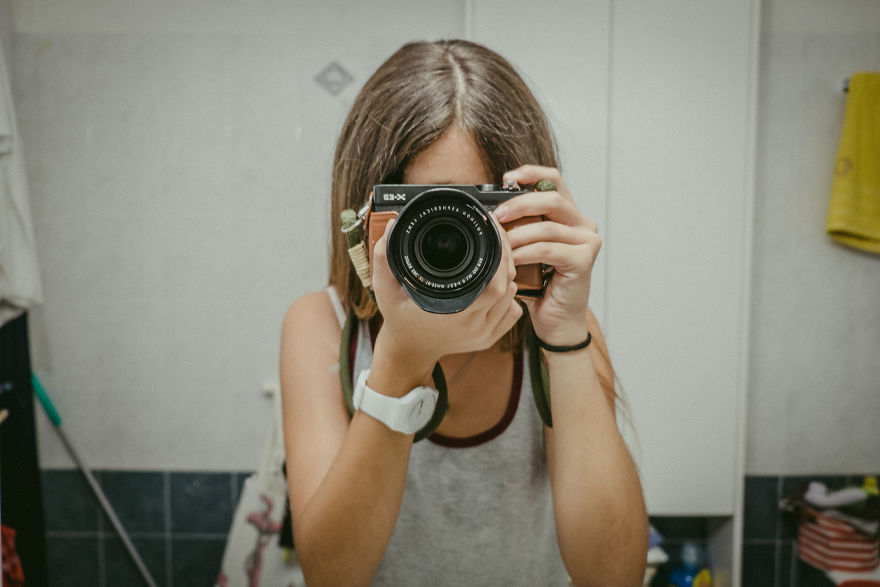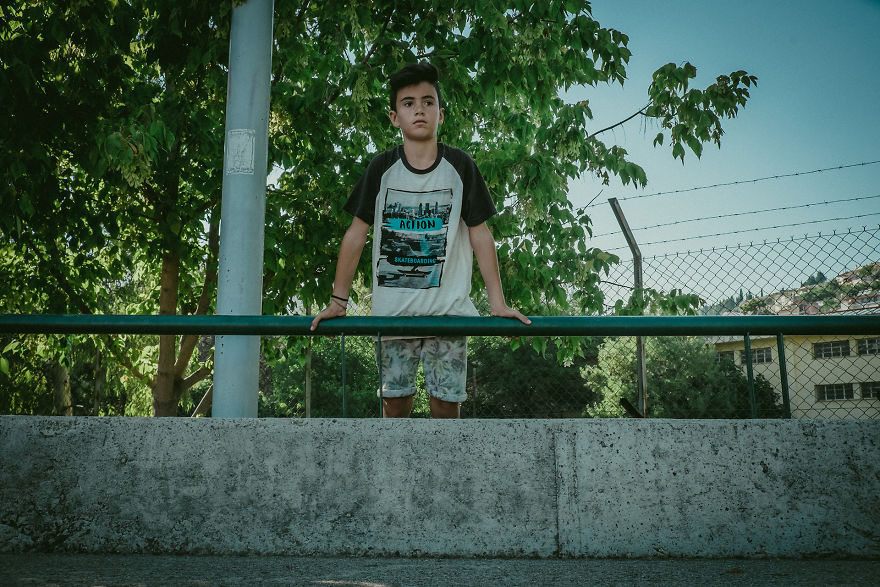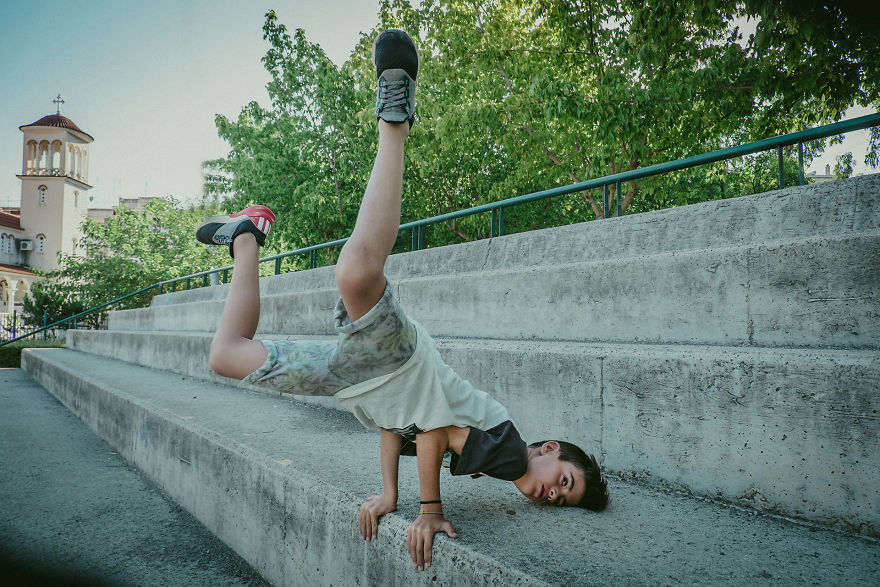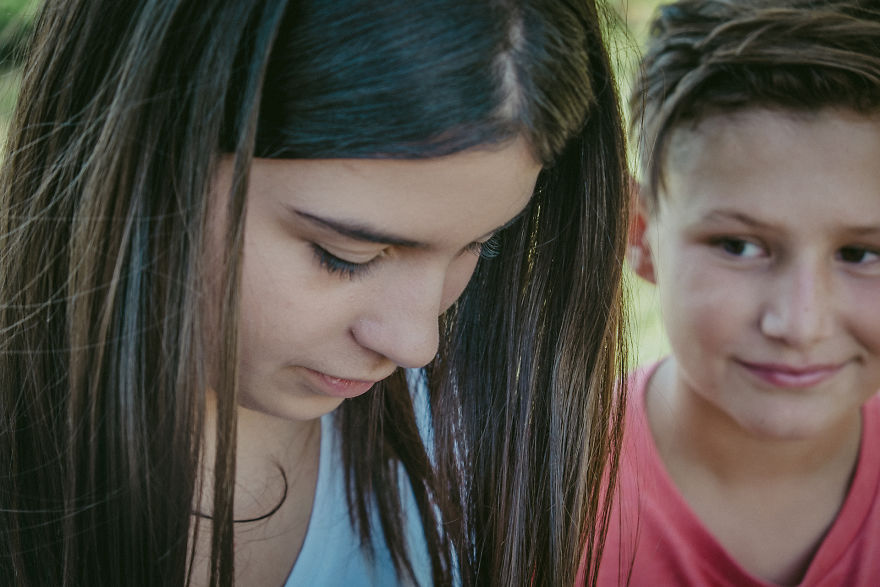
One Afternoon, Six Teenagers, One Camera… And No Smartphone At All !
We asked a group of six teenagers (3 boys & 3 girls), to give up their favorite smart phone / camera for an afternoon, and replace them with a normal photographic camera. So we gave them a mirrorless Fujifilm XE-2 with the standard kit lens 18-55 f2.8-4.
We set the camera with the lens on full program mode, and also the speeds and the ISO mode, so they did not need to get involved with individual settings other than shooting images. Of course we haven’t told them anything, or what to shoot, and we didn’t give them any instructions at all.
All we asked for was for them to bring us back the raw image files on the memory card, and to give us some conclusions for both the style of the shoot and the technical details of the camera. The card came back… and the results… actually were unexpected!
1. Generally the images had a strong element of portrait photography with extensive use of the lens in 55mm (which is 83mm in full frame format). Obviously what they are missing from the everyday use of the smartphone camera, and what they really wanted to use.
2. In several photos there was the element of motion, and in these photos what the teens were also missing in their mobile images! Beyond the mobile phone static shots and selfies … are the motion pictures. The kids intensely used movement to their images … and the results were amazing.
3. Depth of field… Mobile images usually in their quest for clean “NET” photos, flatten each depth of field along with the main subject. The kids used the depth of field really well on the real camera (well focused subject with the background blurred), especially on their portraits.
4. Image Balance Rules: In most of the photographs the balance within the frames were that of a “professional” or acceptable level, as if someone had taught them more before they composed the frame. We did not see any “annoying” framing, while in the “frames” they used both the wide angle and the perfect focal length lens.
5. 90+ photos that we received back on the memory card were of a strong human element. Only on three images were humans absent and those were a sunset, a road in a park, and a sign.
6. We have to say that we haven’t found any technical problems with the images, either with underexposure or overexposure. The camera seamlessly met the conditions even in difficult backlit conditions.
7. Finally, we asked the children to choose via Lightroom presets, on the style of photography they wanted as a final result. All of them agreed on a film like preset for all the photos.
As a final conclusion we can say that mobile phones are great to help the next generation photograph more easily, more discoverable moments in proper “time” and generally to shoot good snapshots. However traditional photographic techniques are missing from mobile cameras so, users look for the first opportunity to use them, when working with a traditional camera… Even when it is a group of teens who have not grown up with these techniques…
The conclusion is yours to make
339views
Share on FacebookThank you so much ! Join the community!!!
Load More Replies...Nobody can imagine that these images have been captured by teenagers with no experience in professional photography.
Thank you so much ! Join the community!!!
Load More Replies...Nobody can imagine that these images have been captured by teenagers with no experience in professional photography.













12
4